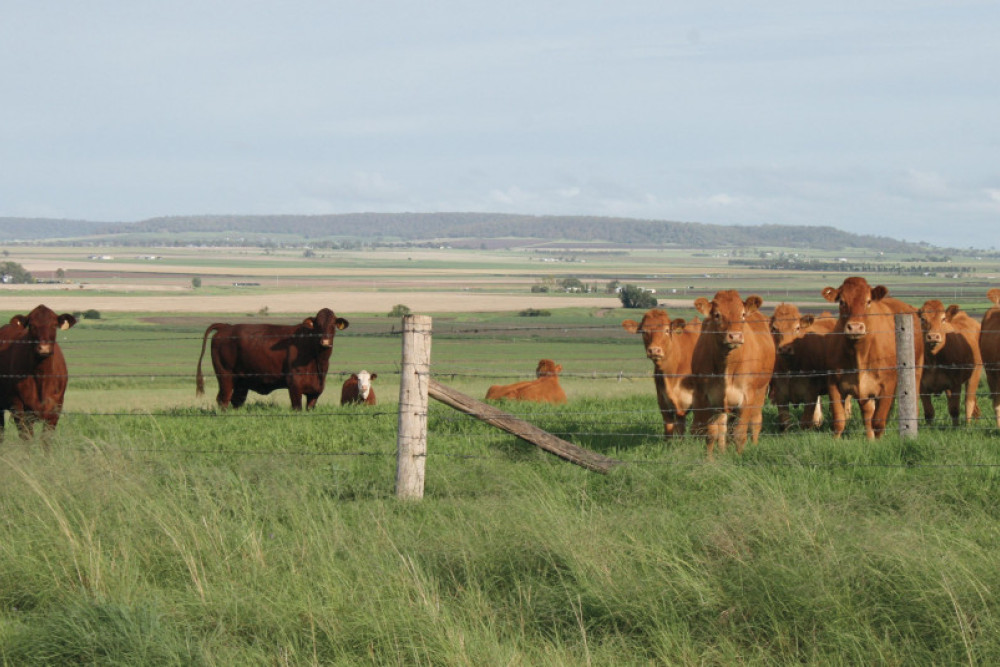Agricultural
9 August, 2021
Cattle producers set to spring into spring
Cattle producers are expected to experience the best spring in recent memory, according to Meat & Livestock Australia’s (MLA) latest Australian Cattle Industry Projections.

Clifton is far from the only place around the country which has had favourable weather conditions recently, with the cattle industry set for a promising future.
MLA Market Information Manager, Stephen Bignell, said the outlook was encouraging with a positive spring expected for many eastern states producers.
“With a favourable three-month weather outlook signalling a strong spring, average adult carcase weights are set to rise significantly leading to higher weight gain,” Mr Bignell said.
“Carcase weights have been revised 11kg higher to average 311.7kg and slaughter will remain depressed, with the 2021 volume expected to hit
6.3 million head.
“On the back of improved carcase weights, production has been revised higher despite slaughter declining.
“Total production is being forecast to 1.96 million tonnes cwt, highlighting Australia’s ability to maximise beef output despite low supply.”
Mr Bignell said the national herd is estimated to reach 26 million head this year, 5 per cent above 2020 levels.
“Currently there is an abundance of feed which is encouraging stock retention.
This tight supply is being reflected in lower saleyard throughput, reinforcing that the national herd rebuild is well underway,” Mr Bignell said.
“Slaughter is forecast to drop this year on the back of the national herd rebuild as producers retain more stock however it is expected to pick up slightly toward the end of the year as more cattle come off feed.”
In relation to prices, rain events remain the key indicator of market performance.
“The industry EYCI price predictor has the EYCI sitting at 874c/kg at the end of 2021,” Mr Bignell said.
“In line with the astronomical lift in young cattle prices seen last
week, the National Medium Cow Indicator has risen 40c year-on-year, or 13 per cent, to sit at 308c, with the National Heavy Steer Indicator up 100c, or 16
per cent, to sit at 412c/kg lwt.”
Mr Bignell said globally, as economies continue to recover from COVID-19, demand for Australian beef should also improve.
“COVID-19 continues to disrupt beef trade and sales in many Asia-Pacific nations, however economic growth rates are forecast to gradually lift, maintained by improved vaccination rates in developed markets and improved consumer sentiment supporting beef consumption and import demand,” Mr Bignell said.


